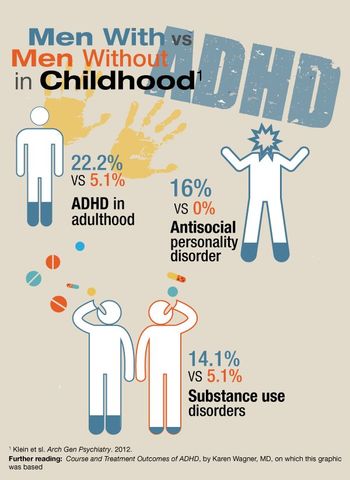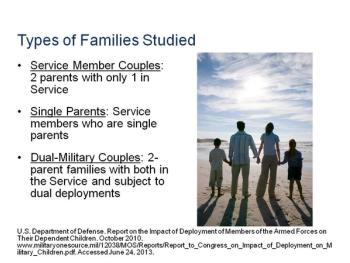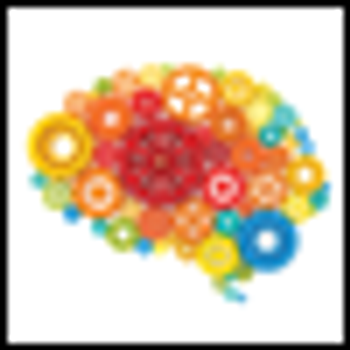
Podcast: Experts summarize effective treatment options for patients with eating disorders and discuss common features, medical components of anorexia and bulimia, behavioral features, and psychological symptoms.

Podcast: Experts summarize effective treatment options for patients with eating disorders and discuss common features, medical components of anorexia and bulimia, behavioral features, and psychological symptoms.

The results of the study featured in this infographic showed that compared with men without childhood ADHD, men with childhood ADHD had higher rates of ongoing issues in adulthood.

During the first year of her child and adolescent psychiatry fellowship, this psychiatrist received an invaluable lesson regarding the importance of “treating the whole patient” in this case, a 16-year-old patient who is pregnant.

Notwithstanding sparse treatment data, recent efforts are beginning to provide clinicians with some clear treatment guidelines for medically unstable adolescents with anorexia nervosa.

Although social anxiety can be a challenge at any point across the lifespan, it can present a unique set of challenges during the teenage years. More in this podcast.

Child-parent psychotherapy has been shown to be an effective treatment in helping caregivers and their children when they have experienced significant life trauma, often domestic violence. More in this podcast.

What is the natural course of bipolar disorder in pediatric cases? Take the quiz and learn more.

A look into longer-term clinical and psychosocial outcomes of depressive disorder in early adulthood, as well as clinical and demographic variables associated with recurrence and lack of remission.

Do children with manic symptoms continue to experience mania? How common are suicidal ideation and attempts in bipolar youth? How severe is bipolar depression in children and adolescents? Answers to these and other questions from recent studies here. . .

The relationship between bipolar disorder and ADHD remains unclear; however, this combined condition may represent an important genetic and clinical subtype with distinct psychopathology, familiality, and treatment response.

The controversy around marketing practices for ADHD.

ADHD is on the rise according to a new report from the CDC, and most youngsters with the diagnosis are receiving treatment for the disorder. But the report raises a number of clinical implications . . .

What do children go through when a parent deploys? Here to address this issue is a developmental and behavioral pediatrician (podcast).

Half of all mental health disorders occur by age 14. Early interventions may mitigate progression to more serious and persistent mental health concerns.

Both the American Psychiatric Association and the American Academy of Child and Adolescent Psychiatry have identified substance abuse as a top risk factor for suicide in youths.

Here, tips for therapists to motivate and treat patients effectively with DBT.

Adolescents with psychopathology who also experience psychotic symptoms have a nearly 70-fold increased odds of acute suicide attempts, according to new research.

Parents of children with ADHD frequently ask whether there are nonmedication treatments that are effective for managing their children’s symptoms of ADHD. A recent meta-analysis provides an answer to this clinically important question.

Traumatic brain injury, criminal responsibility, traumatic stress, and autism spectrum/neurodevelopmental disorders slideshow

Money should not be wasted on futile preventive programs to detect mental health problems that don't yet exist. Instead, resources should be invested where there is desperate need-to properly treat and decently house psychiatric patients who are now shamefully neglected.

In line with adolescents' interest in interactive video games, a computerized cognitive-behavioral therapy intervention that is an interactive fantasy game for depressed adolescents has been developed.

The bullying prevention program is very popular but not very effective because bullying is an inevitable part of life.

This article aims to provide the general psychiatric community with an update on the major findings on the biology of ASDs as well as the advances in diagnostic and interventional strategies.

What are the options for treating major depressive disorder in children and adolescents? This case offers readers a chance to give their feedback and to interact with the authors, who will present teaching points based on your comments.

Despite the high prevalence of depression among youths, there are empirically supported treatments that have been shown to reduce depressogenic symptoms, including the 3 therapies outlined in this article.